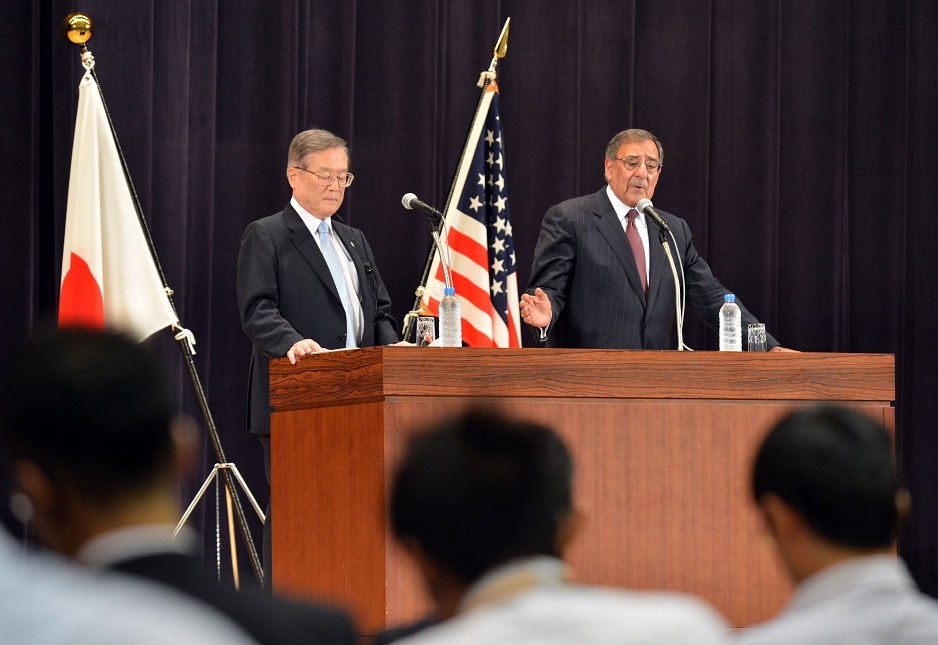CAIRO: Summer is over and classes have begun at schools and universities across the country this month. Egyptian schools have received much attention recently due to problems like overcrowding and expensive private lessons, but Cairo is also home to a lesser known parallel system of schools which face challenges all their own. Run by charities and volunteer groups, these schools educate the city’s large and growing population of refugee children.
Refugee schools in Cairo come in many shapes and sizes. By far the largest is the network of Sakakini schools, which use a mostly Egyptian curriculum and teach in Arabic. English language schools, which use an American or British curriculum, are also very popular. All teach math, science and job skills as well as languages. Tuition is low, about LE 20 a year, and is reimbursed by the UNHCR for people with recognized refugee status.
In addition to these schools, there are volunteer groups like the American University in Cairo student organization Student Action for Refugees (STAR), which provide free classes in English and job skills
Most refugee schools are run by foreigners or expat churches, and must walk a tight rope in a country were proselytization and conversion away from Islam are both illegal. St Andrew’s Refugee Ministry runs one such school. It is housed on the grounds of a church of the same name, but maintains a strict separation from it. About 85 percent of its students are Sudanese, and between 50 and 60 percent of them are Muslims.
“Some schools won’t let Muslims in at all, says its coordinator, Dick Allhusen. “Sometimes State Security will stand outside our gate questioning Muslims who come out, asking them what they were doing inside a church. But we invite them in to look at our classes. We have nothing to hide here.
According to the 1951 Convention Relating to the Status of Refugees, which Egypt has signed, refugee children have a right to an education in local public schools. In Cairo, refugees are almost never able to exercise this right, and the charity schools fill an important void.
“I am not aware of one refugee going to a public school, says Allhusen, whose Downtown schools functions entirely in English. “In theory they can go to public school, but there are too many roadblocks. There are fees they can’t afford, and so much racism and harassment that many students would rather not go anyway.
He offers the story of a former St. Andrew’s student as an example. According to Allhusen, the 10-year-old Sudanese boy fled his Egyptian private school after he was stabbed in the eye by an Egyptian classmate. The incident was brushed aside as an accident and no action was taken. Today the boy, blind in one eye, lives in the United States.
Demand for seats in these programs is high, and some are wildly popular. According to Jennifer Renquist, president of STAR, around 3,000 people showed up to register for only 250 spots in the group’s fall English classes. Organizers had to communicate with the throng of potential students via megaphone, and the seats were eventually raffled off in a lottery.
Demand for English classes has continued to grow despite the sharp decline in the number of Sudanese refugees resettled abroad after the 2005 peace treaty between North and South Sudan. There are many possible reasons for this. It is the official language of south Sudan, and may lead to better job opportunities either there or in Cairo.
But like all things in the life of a refugee, a desire for resettlement abroad and the uncertainty of the future seem to figure prominently in the decision to enroll in English classes.
“The majority of the refugees taking our classes probably do so because they think they will be resettled, which is not the case, says Renquist. “Last year we offered Arabic courses, and only filled one class. There was just not that much interest in it. The false hope of resettlement is here and it’s something we have to deal with.
“We’re not telling people ‘learn English, it’s a stepping stone to the West,’ says Allhusen. “We tell people they should think about repatriation, that they should go home when it’s safe in their area. Already some people have gone back to Juba. But many families haven’t given up hope of finding a private sponsor to go to Canada or Australia. There are some people left who still expect to immigrate to a Western country, but it’s becoming very rare.
The largest educational hurdle facing refugees in Egypt is the lack of accreditation given to the schools open to them. To be accredited in Egypt, a school must teach an Egyptian curriculum, including Arabic, and a certain percentage of the teaching staff must be Egyptian. None of the refugee schools in Cairo meet these standards.
“Right now it’s virtually impossible for us to become accredited, says Allhusen. “Most of our teachers are Sudanese, their degrees and experience are all from Sudan, they’ve been educated in Khartoum or Juba – Egypt doesn’t recognize any of this.
In theory, students from schools which use an Egyptian curriculum but are unaccredited, like Sakakini, are still eligible to take the thanawiyya ‘amma, the highly competitive university entrance exam. But “the government keeps throwing up road blocks, he says, “and I don’t know anyone who has passed the test.
Without a degree from an accredited high school, refugees cannot enter Egyptian universities. They have no hope for advanced study or upward mobility in this country, and many have little hope of resettlement in the West and no desire to return to their home countries.
“I don’t know where this is all going in the future, he says, the honking of car horns and the squeals of playing children mingling outside his office window. “People are personally very hungry to learn. But what’s the future for these students? I wish there was one, but I don’t know.



